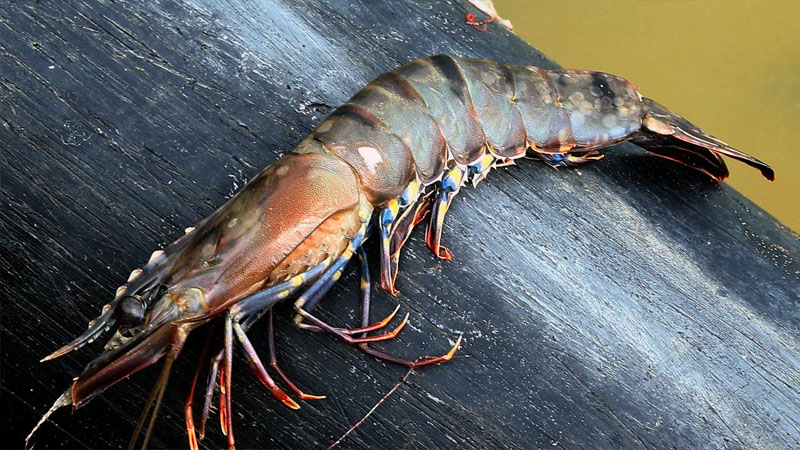Exclusive content

A recent discovery of white spot syndrome virus in wild prawns off the New South Wales North Coast in Australia has prompted serious concerns within the aquaculture industry. Aquatic veterinarians are describing the situation as dire, likening the virus to the challenges posed by COVID-19 in terms of containment.
Uncontainable Threat: Insights from Veterinarians
Aquatic veterinarian Matt Landos has emphasized the gravity of the situation, highlighting the parallels between white spot virus and the challenges posed by the COVID-19 pandemic. He warns that the virus is difficult to control, especially considering the natural movements of crustaceans along the coast.
Following the detection of the virus, a biosecurity control order has been put in place. This order restricts the movement of uncooked prawns and other raw decapod crustaceans from the Evans Head area for the next three months. These measures are intended to contain the spread of the disease and protect local prawn populations.
Implications for the Fishing Industry
The implications of this detection are particularly worrisome for the fishing industry. John Joblin, a prawn trawler operator in Ballina, expressed concerns about the potential impact on businesses involved in crustacean fisheries. The restrictions on uncooked prawns, commonly used as bait, could significantly affect the market and industry dynamics.
White spot syndrome virus first surfaced in Australia in 2016, devastating prawn farms in Queensland. Subsequent detections have led to farm closures, with the disease now posing a threat to wild prawn populations. The virus is believed to have entered Australian waters through recreational fishers using imported raw prawns as bait.
Future Steps and Uncertainties
Chief veterinarian Joanne Coombe highlighted the need for comprehensive testing to ascertain the strain of the virus and determine appropriate next steps. The severity of the impact on both farmed and wild prawn populations remains uncertain, but the detection in wild prawns signifies a potentially broader and more endemic presence of the virus.